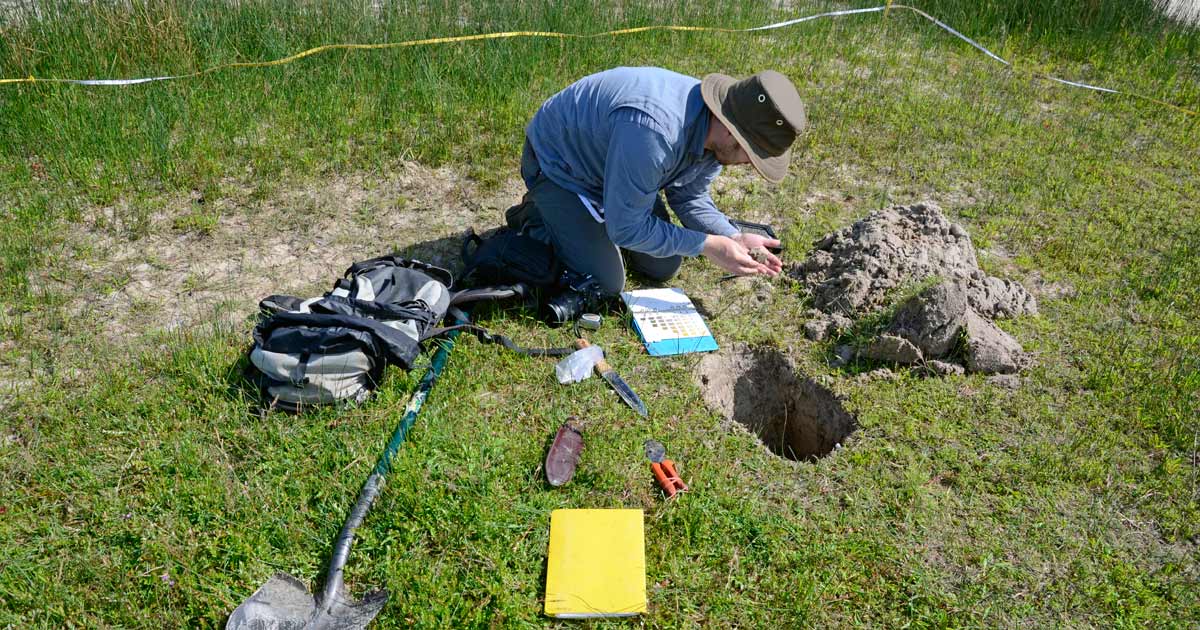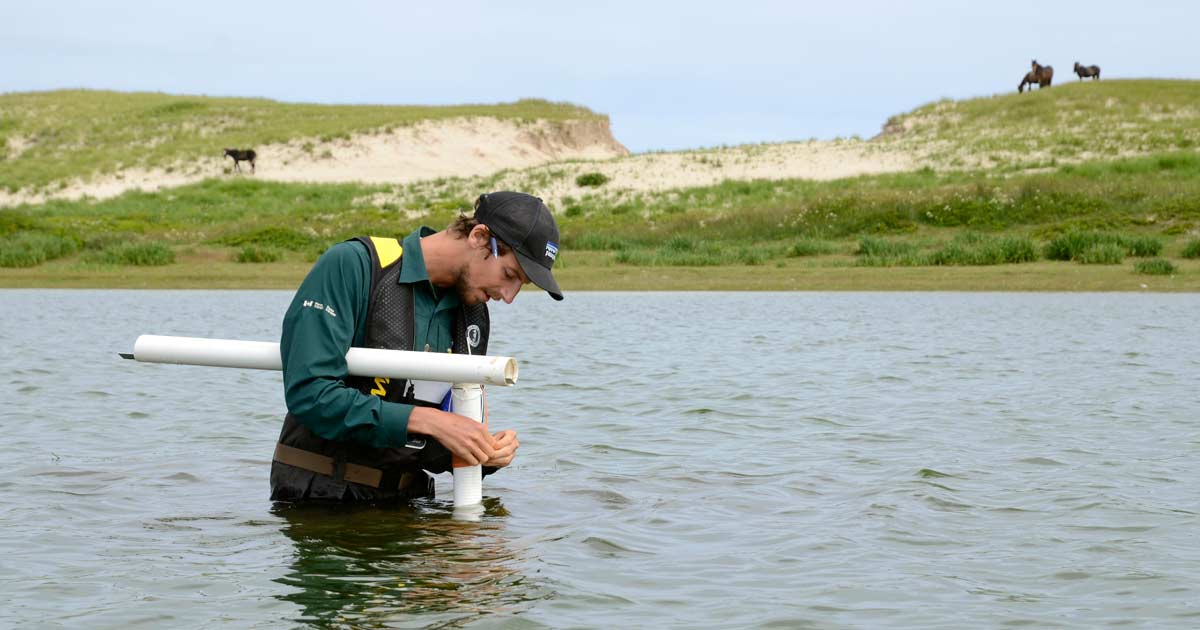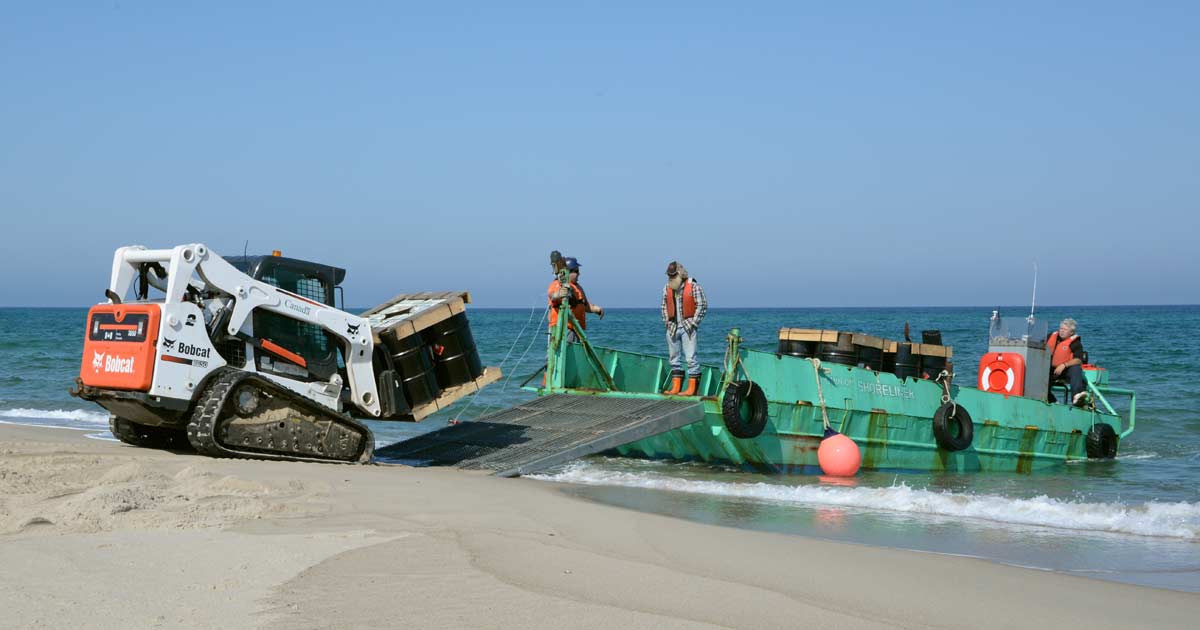Establishment
In December 2013, Sable Island was designated as the Sable Island National Park Reserve, Canada’s 43rd national park. The process was initiated in 2010 by the Honourable Jim Prentice, then Environment Minister and Minister responsible for Parks Canada. Three years later the island was brought under the protection of the Canada National Parks Act providing Parks Canada with full administrative and legal authority to manage Sable Island as a national park. Sable Island became the third national park to be created within the Province of Nova Scotia. The two others are Cape Breton Highlands National Park and Kejimkujik National Park and National Historic Site, established in 1936 and 1967, respectively. National parks are established to protect and present exceptional representative examples of natural landscapes and natural phenomena that occur in Canada’s wild places. Parks Canada is responsible for protecting the habitats, wildlife and ecosystem diversity of natural areas, and for managing access and activities in these areas so that visitors have opportunities to understand, appreciate, and enjoy parks in ways that will not compromise their ecological integrity. The Canada National Parks Act is considered to be Canada’s most robust legislation for the protection of natural environments and cultural features.Operations
When Sable Island became a national park, Parks Canada took over most of the Sable Island Station and other infrastructure on the island. Until then, the Station, established in 1944 by the Meteorological Service of Canada (MSC), was owned and operated by MSC and was well known in North America for its role in atmospheric research and monitoring. The Station now serves as the headquarters and operations centre for Parks Canada on Sable Island. Parks Canada has two staff on the island year-round, and numerous other personnel—additional Parks staff, contractors and students—are there for short-term and seasonal work associated with Parks Canada programs. MSC continues to support a meteorological program, however, data collection has been automated and MSC no longer has personnel on Sable Island. After 75 years of service, the aerological program ended in August 2019. The island’s population increases to as many as twenty-five people at different times throughout the year as various individuals and groups—such as researchers, journalists, professional photographers—are on the island for periods of a few days to three or four months. In addition to those involved in various projects, there is a growing interest from the public to visit the island. Thus far, two to three hundred people have arrived as visitors annually. For many decades, prior to the establishment of the national park, people were allowed to visit Sable Island for personal reasons—to explore family history, to experience a landscape that is so much a part of Nova Scotian culture, or to see unique wildlife such as the Ipswich Sparrow and the island’s horses. Until 2013, all visitors were required to apply for permission from the Canadian Coast Guard before travelling to the island. Now visitors must register in advance with Parks Canada. Travel to the island is by air or by sea, with no overnight stays on the island. Information about the Sable Island National Park Reserve is available on the Parks Canada website http://www.pc.gc.ca/en/pn-np/ns/sable/info The site provides details about park establishment and management, natural and cultural history, and guidelines for planning a visit.National Park Reserve
Regarding the word “reserve” in the name Sable Island National Park Reserve—the designation of “national park reserve” is used for lands that are proposed for a park status where there are outstanding claims by aboriginal people. Once the claim is settled, the lands can be converted from a national park reserve status to a national park. Management and operations are the same for both a national park reserve and a national park. See the Canada National Parks Act: http://laws-lois.justice.gc.ca/eng/acts/N-14.01/page-1.html This applies to Sable Island because the Mi’kmaq of Nova Scotia have asserted aboriginal rights and title to all of the Province of Nova Scotia. The Governments of Canada and Nova Scotia are negotiating this claim under the Made in Nova Scotia Process. Examples of other national park reserves in Canada are Mealy Mountains, Gwaii Haanas, Nahanni, and Pacific Rim.
Sean Basquill, Nova Scotia Department of Natural Resources, examining the island’s sandy soil. In August 2015, Sean spent ten days conducting an ecosystem survey on Sable Island. The work was part of a development of a coastal beach and dune ecosystem classification for Nova Scotia.

Jordan Bell collects data on water quality in Gallinule Pond, the largest freshwater pond on Sable Island. Jordan spent three months on the island during summer 2015, as an ecological monitoring intern.

Delivery of drums of fuel to Sable Island—Parks Canada personnel work with Dominion Diving of Dartmouth, Nova Scotia.
See also: Sable Island, Just a Wink in the Sea (Greg Stroud, April 2020) Resighting Survey for Banded Sparrows (Zoe Lucas, June 2020)Zoe Lucas Sable Island Institute, April 2018, updated May 2022


